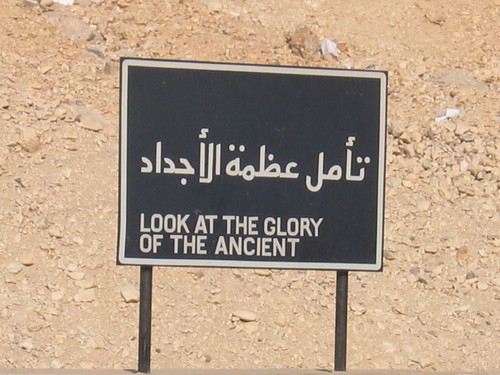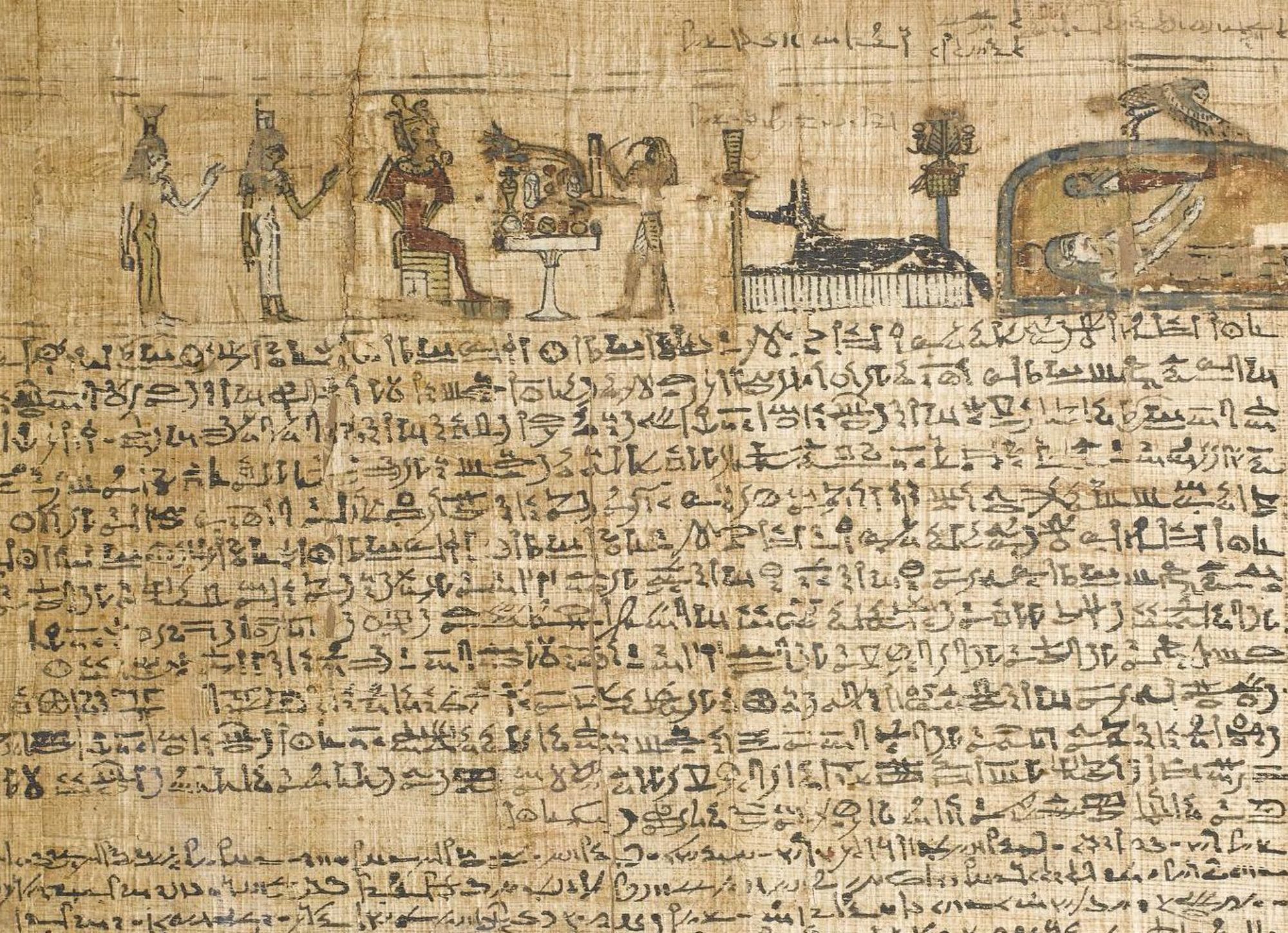You’ve probably all heard about this story already since it broke in all the newspapers awhile ago. It wasn’t an April the 1st story, though you’d be excused for thinking it. The announcement that the Egyptian government was planning to pass a copyright law on its antiquities has flabbergasted just about everyone.
Apparently the draft bill was formulated in the wake of attacks by the Egyptian media against the famous pyramid-shaped Luxor casino in Las Vegas. The newspaper Al-Wafd published an article stating that ‘Thirty-five million tourists visit Las Vegas to see the reproduction of Luxor city while only six million visit the real Egyptian city of Luxor’. (They fail to note that while the casino is called the Luxor, it has nothing to do with the city of Luxor and is actually a copy of the Great Pyramid at Giza located almost 700km away).
So, at first glance, it appears that the entire point of this law would be to get a slice of the biggest, most successful exploiters of Egyptian cultural heritage. But then comes the strange twist in the whole story: the Luxor Casino would be exempt from the law, supposedly because it’s not an ‘exact’ replica, even though it is blatantly meant to represent the Great Pyramid and the Sphinx. According to Zahi Hawass, ‘It is a resort that doesn’t look like anything from antiquity, it is a replica of imagination, I can’t stop them from doing that’. Besides, “it is an ugly pyramid with fake hieroglyphics inside’.
But why would places like the Luxor casino be exempt? If they’re not the target, then what is the point of the law and who would they be going after? If the reproductions have to be 100% accurate for the copyright to apply, how many objects will this actually affect? Such a law would just encourage businesses to make even more dreadfully ugly and inauthentic reproductions than they do already, just to avoid being accused of copying.
Also, how would the Egyptians actually manage to enforce the law internationally? I suspect that the government would only really be able to enforce the law in its own country, and thereby only succeed in hurting its own economy, tourism being its primary industry. And if they didn’t enforce it in their own country, how could they justify going after anyone outside it?
Deciding who copyright belongs to when the artists, craftsmen, and architects are unknown and so long dead seems like a minefield in itself. If artifacts are kept in museums outside of Egypt and have been there for centuries, does the copyright still belong to Egypt? The bill raises so many baffling and ludicrous questions and the whole concept seems to rest on very shaky ground.
The way I see it, reproductions are actually free advertising for the Egyptian Tourism Board. In my experience, the plastic (rather grotesque) King Tut mask that my mom got me for Hallowe’en when I was a child only further fueled my desire to one day visit Egypt myself. Around the world, similar trinkets and architectural homages only remind us of the much greater wonders that lie in Egypt itself. In the International Herald Tribune, the lawyer Jeffrey P. Weingart states: ‘Anytime someone seeks to promote and profit from artistic or photographic expression, one walks a fine line between promoting its use on the one hand and protecting material on the other’.
Whatever the Egyptian government’s confusingly unclear motives are, either trying to snatch a slice of the profits from ancient Egyptian spinoffs or impose control on use of Egyptian images, the whole concept comes across as hollow threats, all rather bizarre and futile. I certainly support finding as many ways possible to fund the Supreme Council of Antiquities’ efforts to preserve ancient Egyptian monuments, but there surely must be more effective ways than a worldwide fake pyramid hunt. In the meantime, I guess we’d all better be careful about posting our holiday snaps of the pyramids on the internet, otherwise we might find Zahi and his lawyers on our doorsteps…
For a very amusing commentary on the copyright story, check out this blog entry at the Guardian entitled ‘Quick! Hide your pyramids!’.
The Senior Copyright Counsel for Google has also written an interesting response to the issue at his blog: ‘You can walk like King Tut, but don’t copy him’.
For more articles, check out Andie Byrnes’ brilliant blog where she has been rounding up all of the media coverage on the story.

